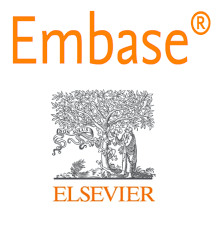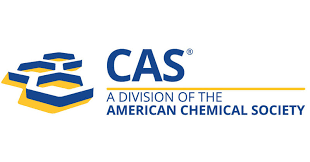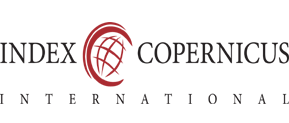A STUDY ON PREVALENCE OF NASAL POLYP, ITS RISK FACTORS AND THE ROLE OF CORTICOSTEROID IN THE TREATMENTOF NASAL POLYP: A PROSPECTIVE OBSERVATIONAL STUDY
Keywords:
Nasal, Polyp.Abstract
Background: Nasal polyps are benign inflammatory growths in the nasal mucosa often associated with chronic rhinosinusitis, asthma, and allergic conditions. Objective: This study aimed to assess the prevalence of nasal polyps, identify associated risk factors, demographic patterns, and evaluate the efficacy of corticosteroids in treatment. Methods: A prospective observational study was conducted on 32 patients diagnosed with nasal polyps. Risk factors such as allergy, smoking, asthma, and family history were assessed. Patients were treated with intranasal corticosteroids, and outcomes were measured over 8 weeks. Results: The prevalence was higher in males (62.5%) with peak incidence in the 31–50-year age group. Allergic rhinitis (53.1%) and smoking (37.5%) were the most common risk factors. Corticosteroid treatment showed symptom improvement in 84.3% of cases. Conclusion: Nasal polyps are commonly associated with allergic and environmental factors. Corticosteroids remain effective in reducing polyp size and improving symptoms.
.png)









